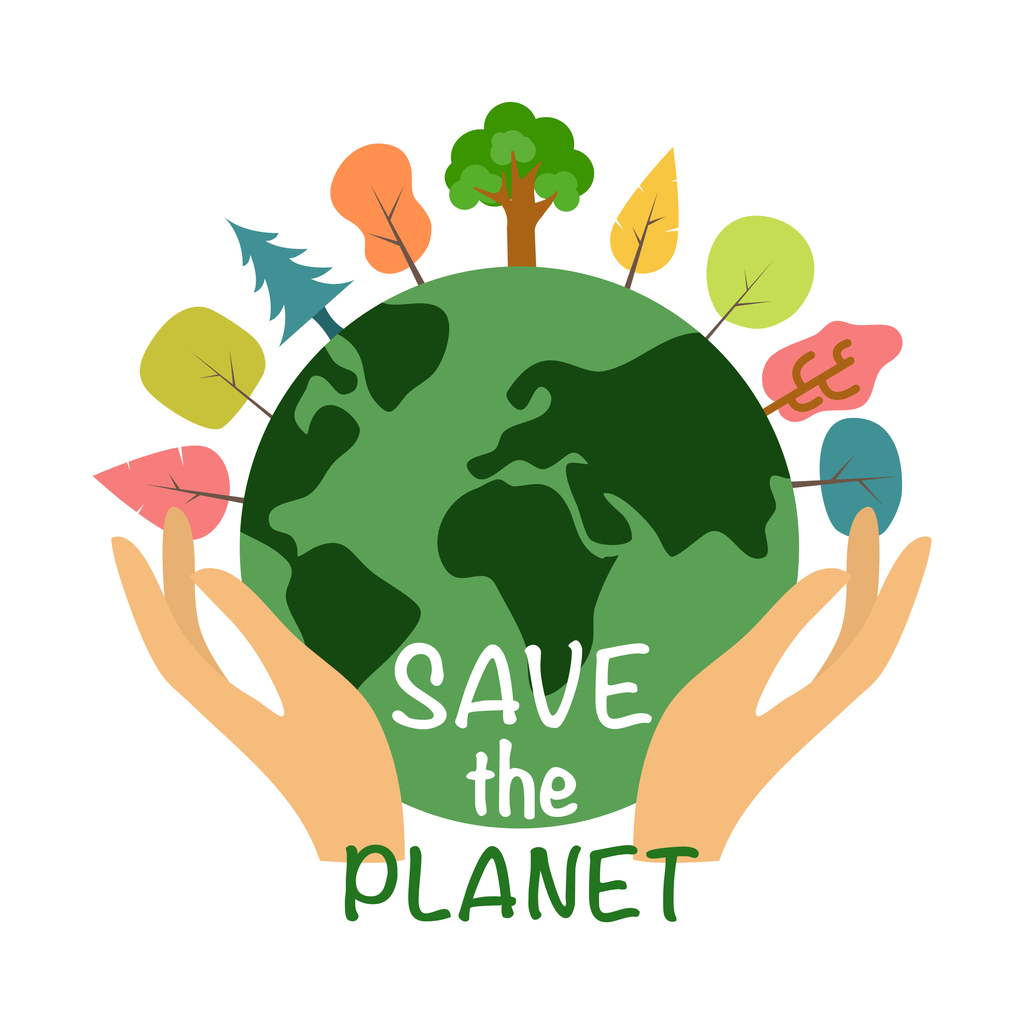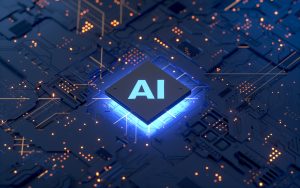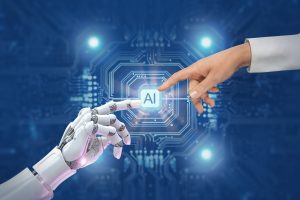AI Could Help Save the Planet
We all know our planet is dying and we need to save the planet. Scientists have warned us for decades that deforestation, disappearing species, global warming, and melting sea ice will eventually weaken our planet’s ecosystems and take humanity to the point of no return. Well, we’re almost there, but there are still things we

We all know our planet is dying and we need to save the planet. Scientists have warned us for decades that deforestation, disappearing species, global warming, and melting sea ice will eventually weaken our planet’s ecosystems and take humanity to the point of no return. Well, we’re almost there, but there are still things we can do to activate our sustainable future. Reversing the apparently irreversible damage may be possible with the help of AI.
In fact, Microsoft launched a $50 million program in 2017, the Earth program, to grant awards to researchers and innovators to come up with solutions for our impending climate crisis. More than 200 grants have already been awarded and many of them include the study of AI as a vital tool for helping our planet.
AI can help us conserve species
Humanity tends to forget is not the only one with the right to inhabit Earth. There are millions of species living on our planet, each of them with a role to play in our ecosystems and biodiversity. With every species that goes extinct, we are one step closer to irremediable harm to our planet and, consequently, our lives as we know them. Over the past 40 years, over 60% of earth’s species have disappeared! 60% is a colossal number that can only predict one thing if we do not intervene and reverse the pattern: a sixth mass extinction.
AI can provide algorithms to help scientists and researchers digitally tag animals and allow them to monitor and curb their rate of decline. For example, acoustic monitoring facilitates the recording of wildlife sounds on weatherproof sensors. Sound is an important “equipment” for animals to communicate and can hold useful information about the state of a given species population. AI tools can analyze hours of sound recordings and look for patterns that indicate any significant changes in their behavior. This allows scientists to protect species from poachers or at times, as in the case of red-legged frogs in Santa Cruz, divert water to help them mate.
AI can help us improve weather prediction
Weather forecasting is already benefiting greatly from the use of AI instruments, but the science behind them is continuously improving. AI weather forecasting systems can allow us to better understand the effects of climate change and improve our predictions. For example, the Chesapeake Conservancy group has launched a tool that allows scientists to predict, plan, and prepare for future floods. The predictions are based on a high-resolution map generated from AI and satellite imagery, remarkable due to its accuracy and level of precision. Flood planners can access new data faster than ever before, monitor land-use changes, and optimize drainage systems accordingly.
Moreover, if we take AI tools to the end of our planet, we’ll find that algorithms can also help analyze satellite data regarding ice surfaces. Satellites and drones can be put to use to map ice surfaces and monitor the way they change over time. Based on this data, scientists have access to precise images of the ice surface and establish its melting rate. This, in turn, provides data about sea level rises and allows humanity to come up with realistic plans to prevent catastrophic effects and save lives. Moreover, this leads us to AI’s capability to analyze simulation and real-time data related to weather events and disasters that can help administrations improve disaster preparation, provide early warnings, and determine optimal response strategies.
AI can help us protect our oceans and forests
The health of our oceans is a clear indicator of our planet’s health. And considering the invasion of microplastics and the increased levels of CO2 and ocean acidification, scientists are right when they say our planet is suffering greatly. AI can help climate scientists and oceanographers explore our oceans at their deepest depths and monitor their changes. Moreover, using AI technology, scientists can develop autonomous garbage collection systems to clean the oceans and remove plastics. One of the newest AI technologies used to protect our oceans, blockchain, has proved to be an effective tool to track fishing and identify illegal behavior. Blockchain technology allows fish recording with a scannable code that can be used to confirm if a fish has been legally caught or not.
Things on land are not that different from what is going in our oceans. The global deforestation rate is alarming, and AI comes with viable solutions to slow it down and prevent illegal logging. One of the newest AI instruments used to prevent deforestation is based on acoustic monitoring. Using hidden solar-powered recycled smartphones, Rainforest Connection analyses sound data in real time and monitors alerts related to the sounds of chainsaws, gunshots, or logging trucks. AI can also be used to detect wildfires based on solar-powered sensors that can capture gas emissions intercepted at the smoldering stage of the wildfire. When combined with analysis of temperature, humidity, air pressure, and wind data, the AI system can issue an alert for imminent wildfire.




